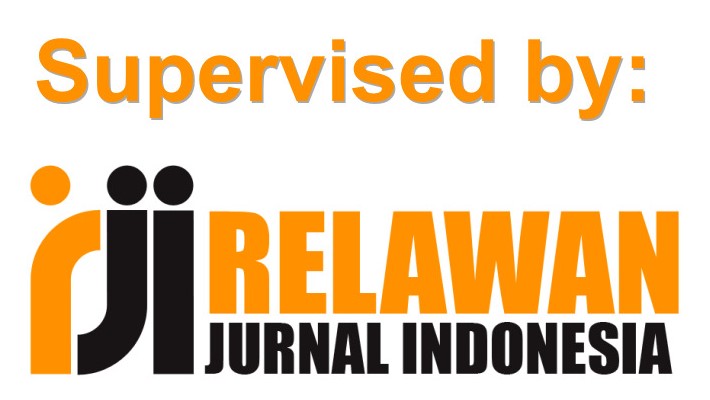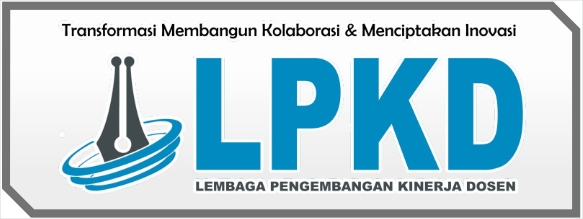Hubungan Tingkat Kecemasan Dengan Mekanisme Koping Pada Pasien Pre Operasi Di RSUD Kota Tanjungpinang
DOI:
https://doi.org/10.61740/jcp2s.v2i2.37Keywords:
Coping Mechanisms, Anxiety Level, Pre-OperationAbstract
Surgery is a treatment that uses invasive methods by opening and exposing the part of the body to be treated. Based on national table data from the Ministry of Health of the Republic of Indonesia, surgical procedures are ranked 11th out of the first 50 dealing with disease patterns in hospitals throughout Indonesia. In the city of Tanjungpinang, based on program reports from hospitals, there were 7,440 surgical cases found. The highest was at the Raja Ahmad Tabib Regional General Hospital, which was 3,240, higher than the total number of surgical cases in other districts or cities in the Riau Islands. This research was conducted to determine the relationship between anxiety levels and the coping mechanisms of pre-operative patients at the Tanjungpinang City Regional Hospital. This research method uses quantitative descriptive with a cross sectional approach. The sample consisted of 67 respondents, samples were taken using the Accidental Sampling technique. Data were processed using the Spearman Rank test. Bivariate analysis results show that there is a relationship between coping mechanisms and anxiety levels with a p value of 0.000. There is a relationship between the level of anxiety and the coping mechanisms of pre-operative patients at the Tanjungpinang City Regional Hospital. Recommendation: Educational programs or intervention development can be carried out to reduce anxiety levels in preoperative patients.
References
Berman, A., Snyder, S. J., Levett-Jones, T., Dwyer, T., Hales, M., Harvey, N., Moxham, L., Langtree, T., Parker, B., & Reid-Searl, K. (2018). Kozier and Erb’s Fundamentals of Nursing [4th Australian edition]. Pearson Australia.
Purnamasari, E. (2021). Gambaran Kejadian Hipotermi Pada Pemberian Elemen Penghangat Cairan Intravena Dalam Pembedahan Dengan Spinal Anestesi Di RSUD Raja Ahmad Tabib Tanjungpinang.
Putri, R. M. (2021). Monograf: coping mechanism. Bening Media Publishing.
Rihiantoro, T., Handayani, R. S., Wahyuningrat, N. L. M., & Suratminah, S. (2019). Pengaruh teknik relaksasi otot progresif terhadap kecemasan pada pasien pre operasi. Jurnal Ilmiah Keperawatan Sai Betik, 14(2), 129–135.
Rismawan, W. (2019). Tingkat kecemasan pasien pre-operasi di RSUD dr. Soekardjo Kota Tasikmalaya. Jurnal Kesehatan Bakti Tunas Husada: Jurnal Ilmu-Ilmu Keperawatan, Analis Kesehatan Dan Farmasi, 19(1).
Sari, Y. P., Riasmini, N. M., & Guslinda, G. (2020). Analisis Faktor-Faktor Yang Berhubungan Dengan Tingkat Kecemasan Pada Pasien Preoperasi Bedah Mayor Di Ruang Teratai. Menara Ilmu, 14(2).
Shamid, F. A., Nia Handayani, S., Dwihestie, L. K., & ST, S. (2022). Hubungan mekanisme koping terhadap tingkat kecemasan pada pasien pre operasi dengan anestesi umum di RS PKU Muhammadiyah Yogyakarta. Universitas’ Aisyiyah Yogyakarta.
Sugiarto, R., Utami, T., & Abdillah, H. (2023). Hubungan mekanisme koping dengan tingkat kecemasan pasien pre operasi sectio caesarea di ruang kamar operasi RSUD Jampang Kulon Kabupaten Sukabumi. Journal of Public Health Innovation, 3(02), 214–222.
Sutejo, S. (2018). Keperawatan jiwa: konsep dan praktik asuhan keperawatan kesehatan jiwa: gangguan jiwa dan psikososial. Yogyakarta: Pustaka Baru Press.
Warner, M. A., Arnal, D., Cole, D. J., Hammoud, R., Haylock-Loor, C., Ibarra, P., Joshi, M., Khan, F. A., Lebedinskii, K. M., & Mellin-Olsen, J. (2022). Anesthesia patient safety: next steps to improve worldwide perioperative safety by 2030. Anesthesia & Analgesia, 135(1), 6–19.














